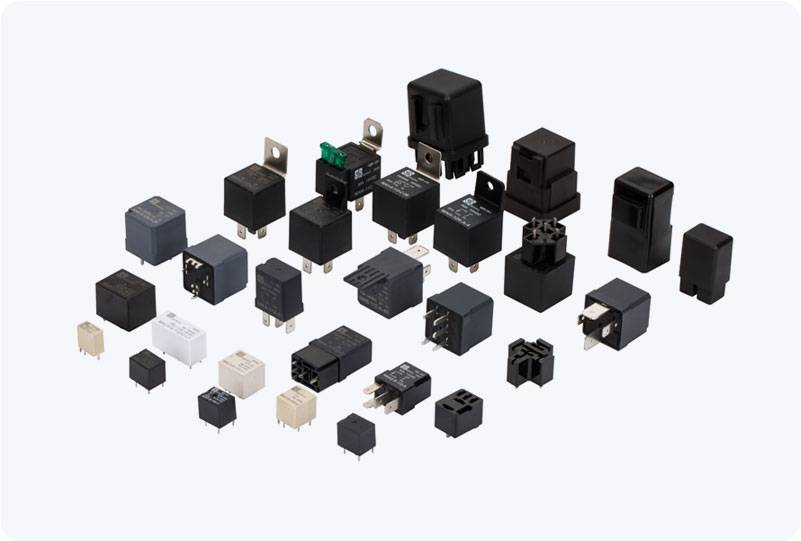As industries continue to evolve, so does the technology surrounding hazardous area relays. With the increasing emphasis on automation and remote monitoring, the future of these safety devices is poised for growth. The integration of IoT (Internet of Things) technologies with hazardous area relays is one such advancement. IoT-enabled relays can communicate with centralized control systems and provide real-time data on the condition of the equipment. This enhances monitoring capabilities, allowing operators to predict potential faults before they occur, thereby reducing the need for immediate physical inspections and increasing operational efficiency.

Additionally, there is a growing trend toward the development of smart relays that can provide more than just fault detection. These devices will be able to analyze data, perform diagnostic checks, and even suggest preventive maintenance actions based on the data collected from the system. This shift toward predictive maintenance rather than reactive measures will play a key role in reducing downtime and operational costs. Another area of development is the reduction in the size and weight of hazardous area relays. With industries seeking to maximize space and reduce the overall footprint of their equipment, manufacturers are focusing on miniaturizing these relays while maintaining their safety features. This innovation will make it easier to integrate relays into smaller or more confined spaces without compromising safety.
Leave a Reply